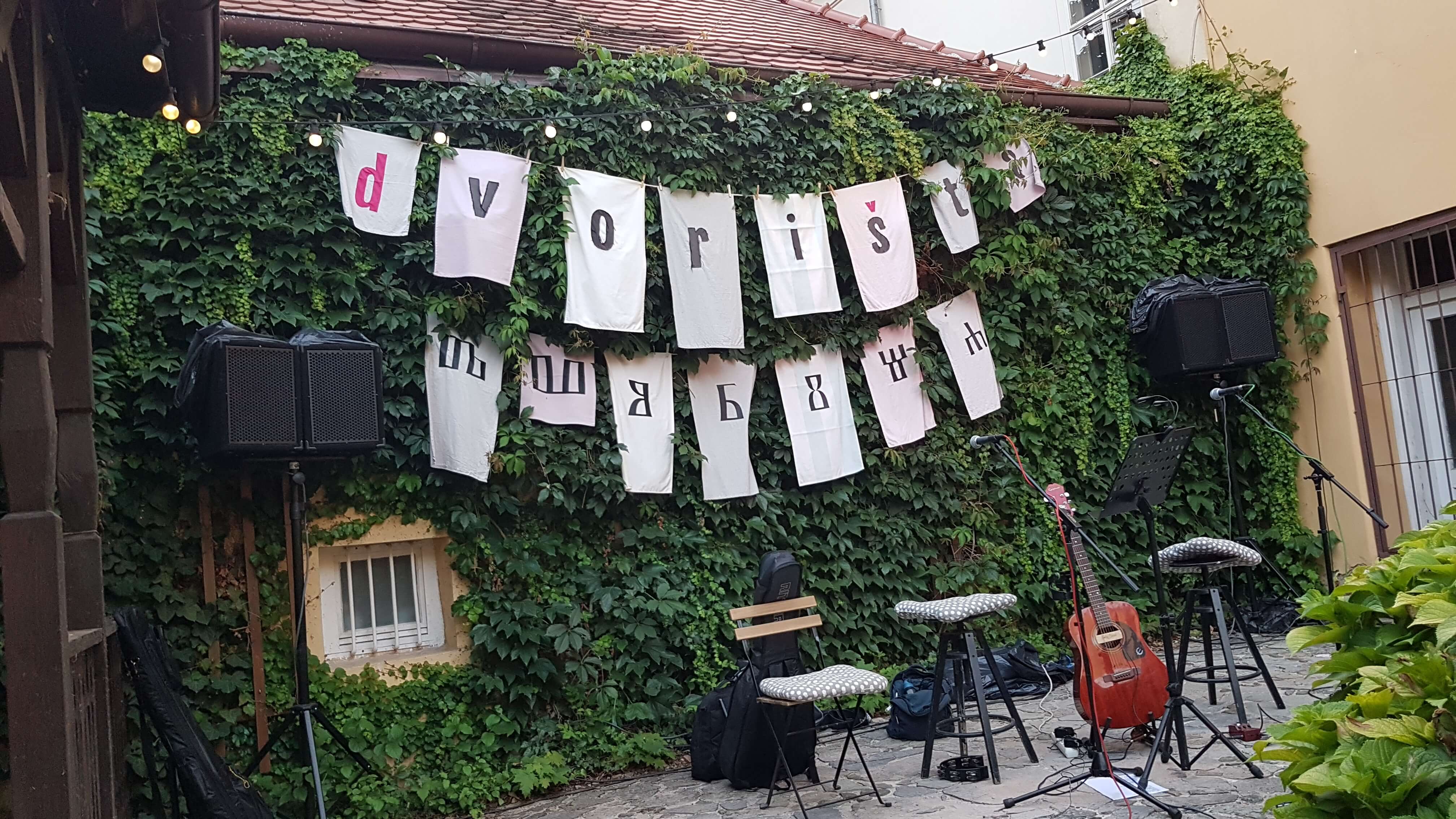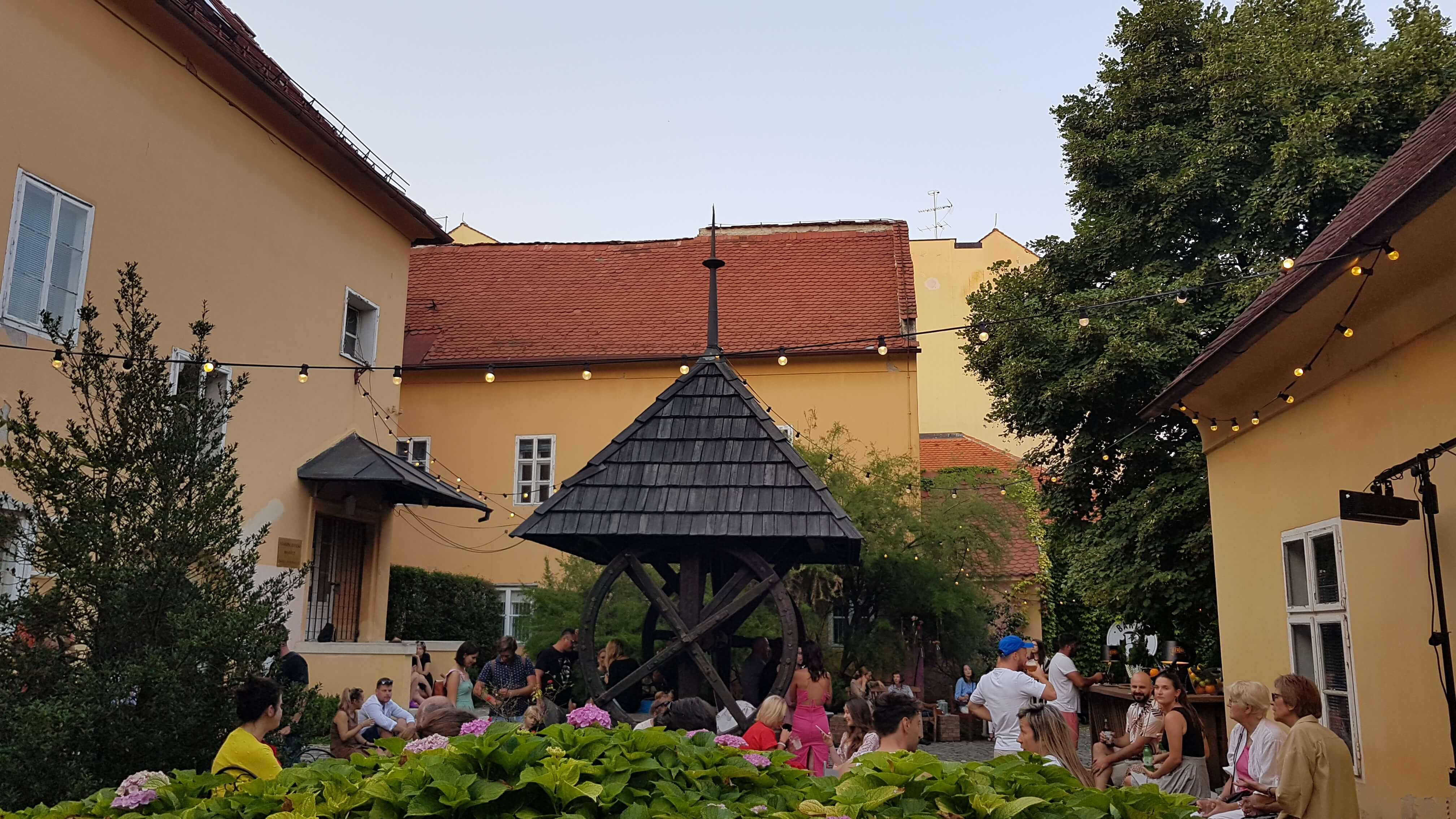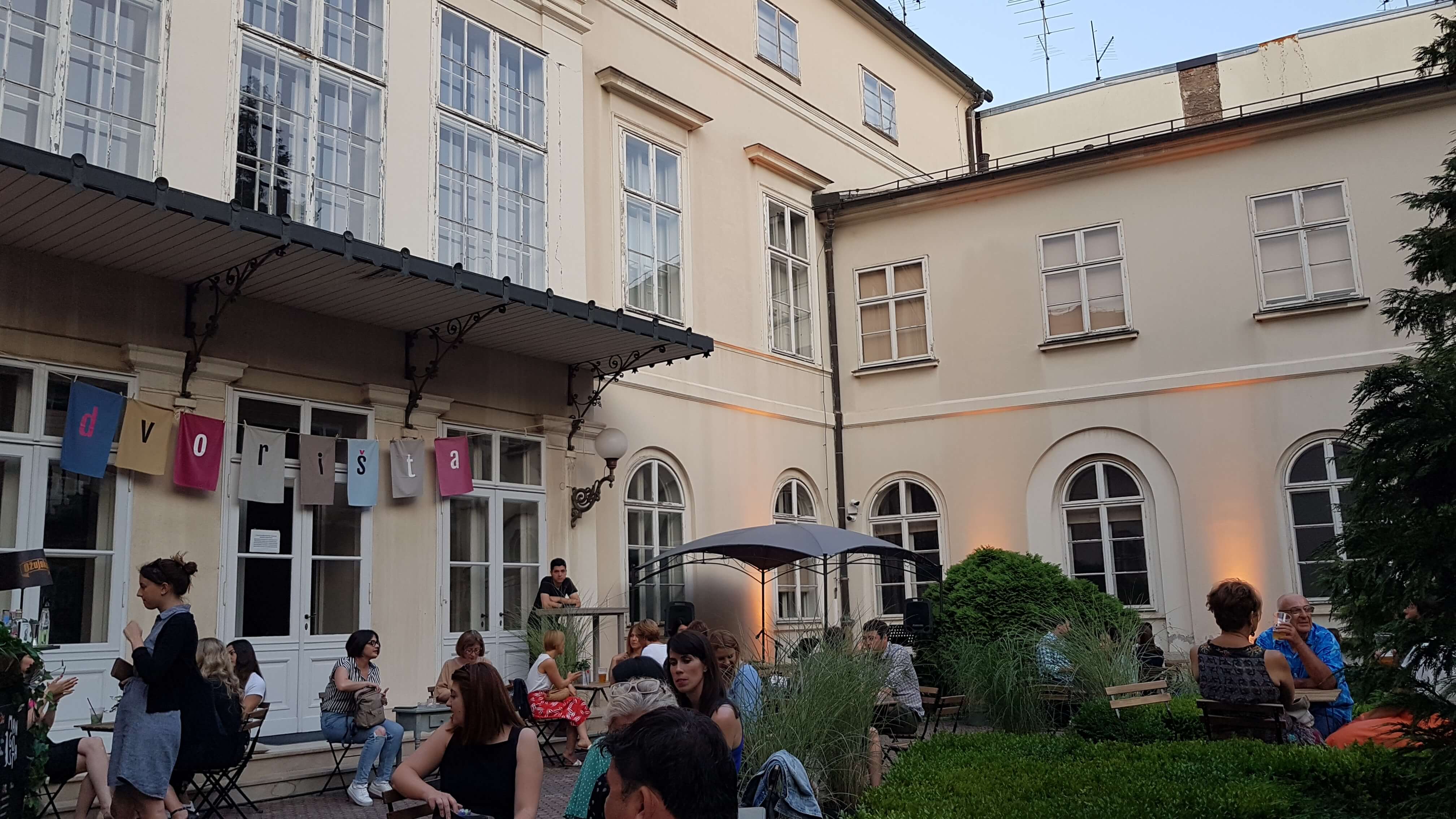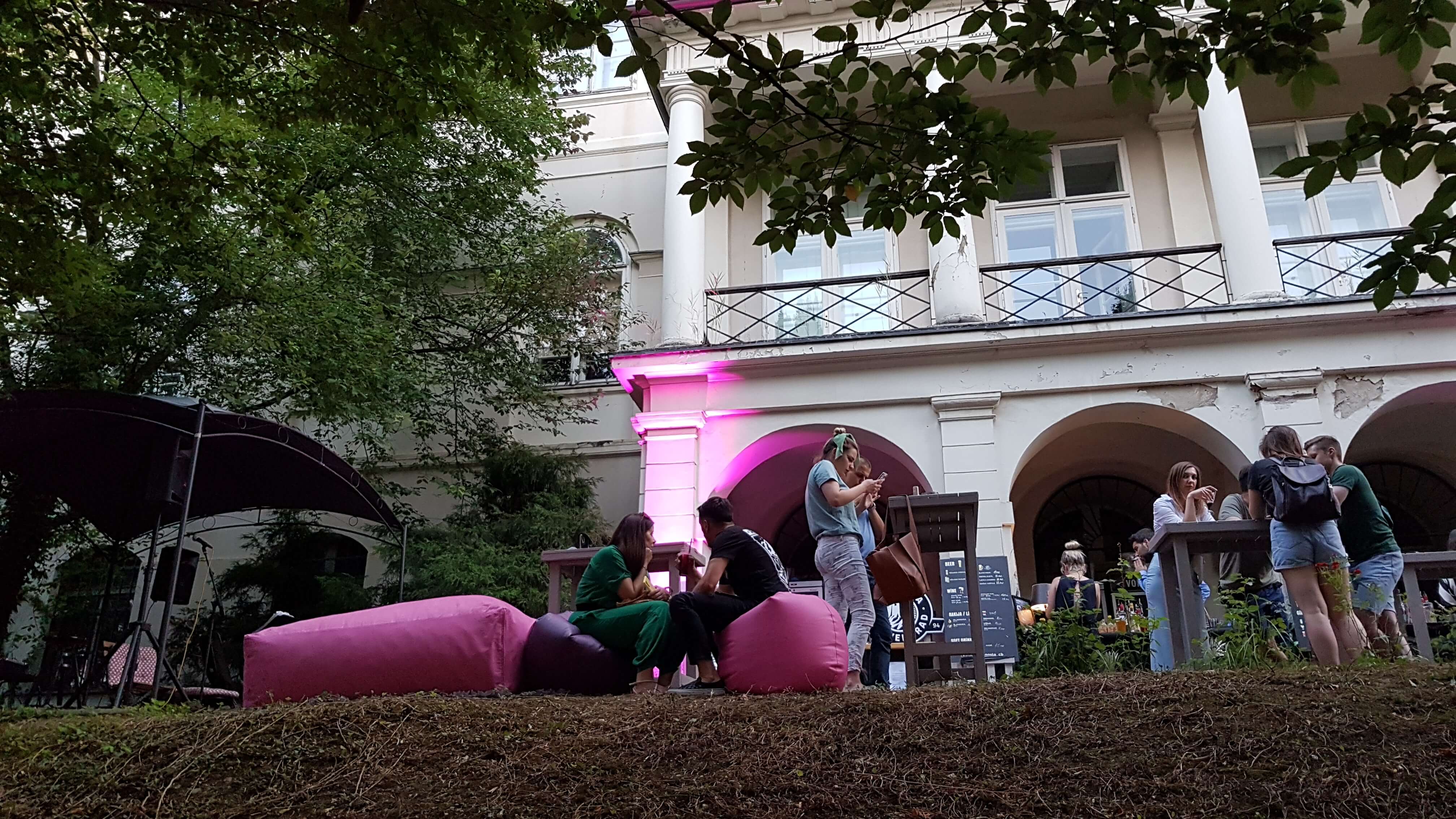July 24, 2021 - After a year-long postponement due to the pandemic, Zagreb’s Upper Town once again threw open its doors to visitors of Dvorišta, or Zagreb Courtyards.
Zagreb's Upper Town is a metaphorical home to the government institutions, the oldest museums and heritage sites to be found in Zagreb, and it used to be a literal home to some of the most influential figures in Croatian history. Despite its importance to historical records, the only time a resident of the wider Zagreb area might go to Upper Town, as one Croatian journalist joked, is if their relatives from abroad or other parts of Croatia are coming for a visit. Then they will act as tourist guides and proudly show off the 'must sees' - the vibrant tiles of the roof of St. Mark's Church, the parliament, and the government building - and that will be that.
Otherwise, the somewhat quaint, but stately buildings lining the cobblestone streets of Upper Town will remain a distant and much unfamiliar thread in the rich tapestry of Zagreb.
In order to rectify that, G.A.D. Productions and Katapult Promotion agency, supported by the City of Zagreb Tourist Board took the opportunity to bring the inner life of Upper Town closer to the wider audience. Encouraged by the popularity of the 1970 beloved musical 'He Who Sings, Thinks No Evil', the plot of which majorly takes place in one Upper Town courtyard, the authors of Zagreb Courtyards launched the project in 2014.
Under the slogan 'Every Courtyard has its story', they played on people's interest in going behind the scenes and catching at least a whiff of the days long gone, when the only people strolling through the yards of these residences were ladies in crinolines and gentlemen wearing tailcoats.
Providing shade and a respite from the summer heat against a backdrop of relaxing music, selected drinks, and tasty bites, the Courtyards were warmly welcomed as the 'it' place to hang out during the summer.
Bolstered by the enthusiasm of its visitors, what started as a July event soon got its winter edition during Zagreb Advent.
However, like many things in the past year and a half due to the pandemic and the damage caused by the earthquakes, this year's event opened to the public on a much smaller scale. Instead of five to seven different locations, this year there are only three - the courtyards of the Škrlec-Balbi Palace in Demetrova Street 11 and two courtyards of the National Hall of the Croatian Academy of Science and Arts, in Opatička 18 Dvoranski prečac 1, respectively.
The focal point of the courtyard of the Škrlec-Balbi Palace is a pulley water well with a shingle-covered canopy and is the only preserved well of its kind not only in the Upper Town, but the entire city of Zagreb!
The old Zagreb townspeople used to call this house Balbi's Palace after its last private owner, Baroness Kornelija Balbi. Since 1952 the palace has been housing Old Church Slavonic Institute whose mission is collecting, researching, and publishing the treasures of the Croatian Glagolitic culture.
The site of the Croatian Academy of Science and Arts originally housed a convent of the Order of Saint Claire. Today's palace was built in 1843 as a residential mansion for the Drašković family. Built in neoclassicist style, the palace is furnished with an ornamental facade and a classicist interior. However, the Drašković family never fully settled in their home, so they sold it to the leaders of the Croatian National Revival movement and it was in the gall of this palace that the 'Demands of the Nation'' (Zahtijevanja naroda) which aimed to acquire national independence and unite Croatian provinces were adopted on March 24th, 1848.
The Courtyards kicked off on July 16th and are open until tomorrow, 25th of July, from 6 p.m. to 12 a.m. Entrance to all courtyards is free. In the words of the organisers: ''Step inside and enjoy yourself, get hooked on the Courtyards!''




For more on travel, CLICK HERE.


